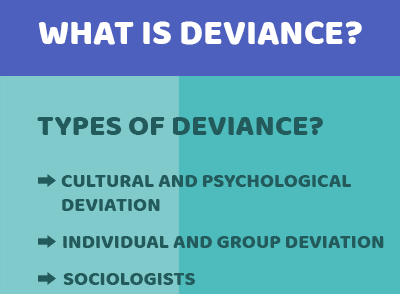Describe the features of social organization in simple societies.
List of main features of social organization in simple societies:
Kinship:
Tribal society, a typical example of simple societies, is generally divided into two groups, Moiety, or if more than two groups, Phratry. Members of these groups marry outside their group and hence are exogamous groups. These are well knit groups where there is a mutual social obligation and the socio-economic religious activities are performed together. The tribe inhabits and remains within definite and common topography.
The members of a tribe possess a consciousness of mutual unity. The members of a tribe speak a common language. The members generally marry into their own group but now due to increased contact with outsiders there are instances of tribal marring outside as well.
The tribes believe in ties of blood relationship between its members. They have faith in their having descended from a common, real or mythical, ancestor and hence believe in blood relationships with other members.
Descent:
In simple societies claiming common descent from a known ancestor are called Lineage. Clans are larger groups who though considered related to each other cannot trace common ancestry with certainty. Descent is either traced through mother (matrilineal/uterine descent) or through father (patrilineal descent).
Marriage:
The selection of mate is an important affair even in simple society. The rules of endogamy, exogamy, hypergamy, preferential mating and prohibited degrees operative simultaneously and there by considerably restrict the freedom of choice.
The kinds of marriages which exist in simple societies aMonogamy, Polygyny (where a man has more than one wife), polyandry (a woman has more than one husband). Monogamy is the most common type of marriage in simple societies.
Religion:
People in simple societies had no control over their natural environment. Experiences of thunder, earthquakes, wild animals was intimidating and they felt powerless. Religion seeks to interpret and control man’s relation to the forces of his physical and social environment. These forces were thought to be under the control of some supernatural power. The attempt to interpret man’s relations to these forces gave rise to several forces of religion such as animism, mana, bonga. Taboo is another expression, which signifies, supernatural punishment if there was non-conformity.
Religion and Magic:
Magic practices, common in tribal societies, are distinguished from the religious ones by the fact that the former always have a definite end in view, which is immediate, practical and usually private. They are intended to produce a definite effect by threatening or intimidating Gods while in religion, a worshiper seeks them by praying and petitioning to Gods.
Frazer distinguished between two kinds of magic imitative and contagious. In imitative magic an individual imitates what he wishes to happen e.g. to cause rain, the magician fills his mouth with water and squirts it out in different directions. In contagious magic, a separated part of the body such as nail, hair is taken and magic is played on it.
Polity:
Tribes follow their own political organization which maintains harmony. Religion is of great importance in the tribe. The tribal political and social organization is based on religion because they are granted religious sanctity and recognition.
Political institutions of simple societies have been a subject of interest with the historical sociologists and the rest. While kinship as recognized is the basis of their political institutions, emphasis is laid on the territorial homogeneity also having contributed to it. Spencer began his classification of simple societies on the criteria of the degrees of centralized control.



